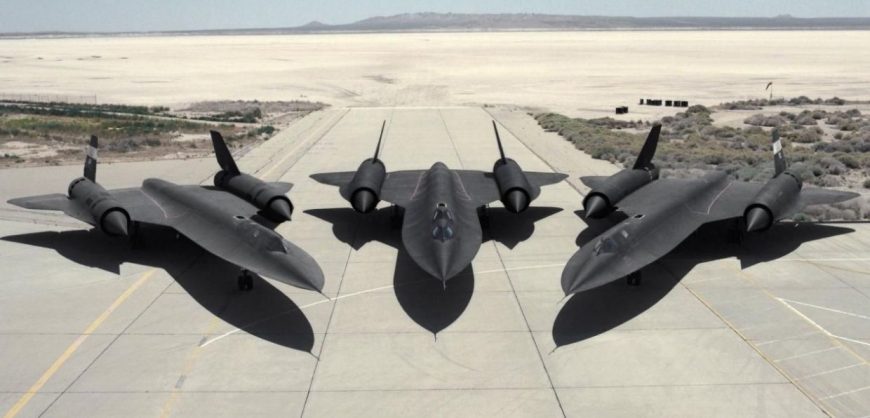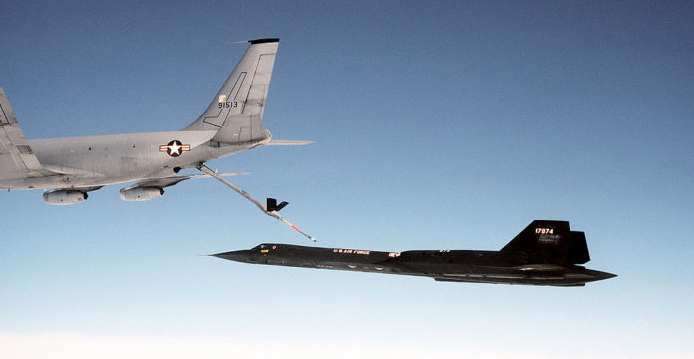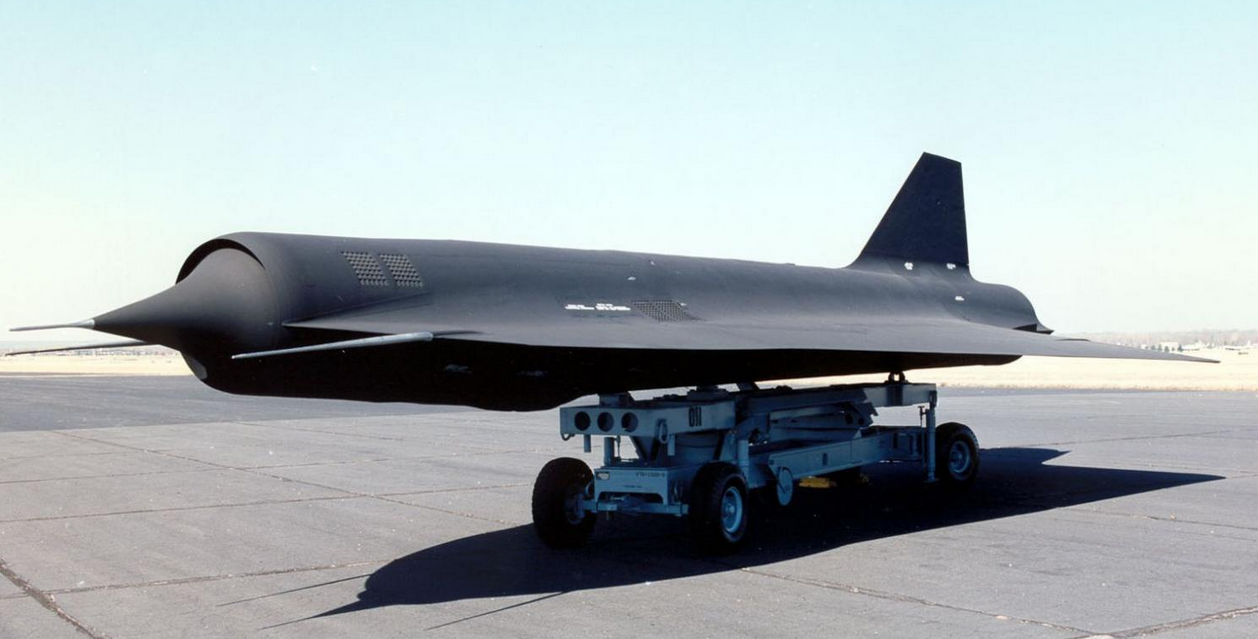Like a bolt out of the blue, Lockheed Martin’s renown Skunk Works publicly teased one of aviation’s great snark hunts—revealing plans for a successor to the SR-71, the legendary Mach-3 reconnaissance plane designed with slide rules and retired when the millennials were born.
That 59-year old aircraft, originally developed as an uber-interceptor, still holds the record for fastest sustained supersonic flight at 2,100 miles per hour—much faster than a .50-caliber bullet.
But the new plane just announced, the SR-72, will fly twice as fast—so fast that at top speed the very air entering its engines will be moving as fast as an SR-71. Keeping combustion and thrust going under such conditions has been likened to lighting a cigar in a hurricane. The SR-72’s planned ability to go from a standing start to Mach 6 and back again is a hat trick no one has been able to pull off.
Yet, an SR-72 demonstrator reportedly first appeared in plain view in California in July 2017.
According to Aviation Week, Skunk Works has developed a way to run turbojet engines at high temperatures and power levels, high enough to push the SR-72 to Mach 2.5. The ramjet-scramjet second stage requires speeds above Mach 3 or 3.5 to operate, a “thrust chasm” which Lockheed Martin says it’s solved … though it won’t say how.
Turbojet? Ramjet? Scramjet? A turbojet spins many blades to compress and heat incoming air before setting it on fire and riding the resulting plume of hot expanding gas. A ramjet moves so fast that the air entering the engine is already hot and compressed enough to ignite the fuel. A scramjet—short for “supersonic combustion ramjet”—is just that, a ramjet where the incoming air is moving at supersonic speeds.
Read more: national interest








































